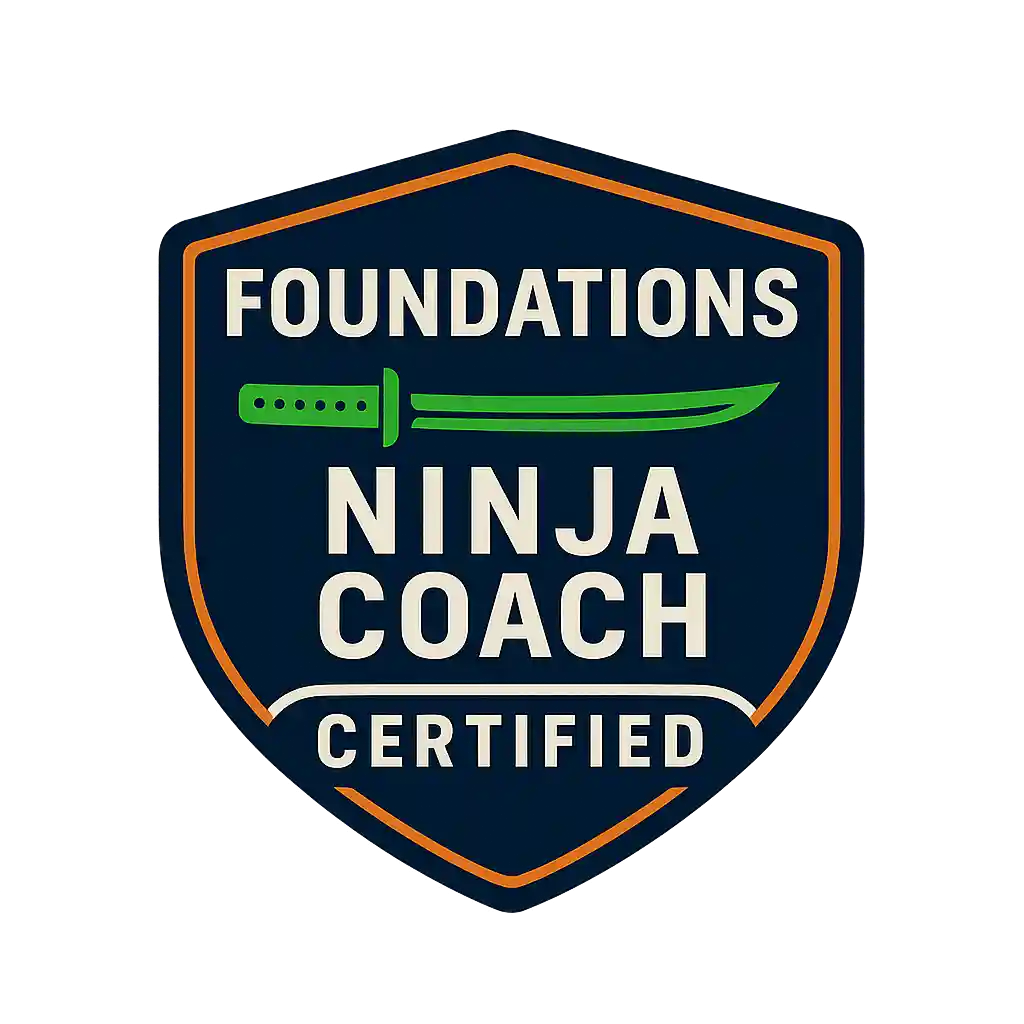
Exit or Expansion? Building a Board Level Growth Strategy for £10m+ Ambitions
Mindset first: strategy is a choice under constraint
At £10m+, you can’t do everything. Strategy is deciding what not to do and funding what you will do with conviction. Whether you exit or expand, commit to an evidence-based plan and install governance that keeps you honest.
The Board Strategy Framework (DECIDE → FUND → GOVERN → EXECUTE)
1) DECIDE: Exit vs Expansion (Decision Tree)
- North Star: long-term owner outcomes (wealth, risk, legacy) + company mission.
- Readiness lenses:
- Market: growth, consolidation, competitive intensity.
- Business Quality: recurring revenue, margins, retention, unit economics.
- Leadership Capacity: scalable bench, succession readiness.
- Option Value: partnerships, M&A pipeline, new markets.
- If EXIT looks superior: run a dual track (continue growth plan while exploring sale) to protect leverage.
- If EXPANSION wins: select 1–2 big bets with clear ROI and capability fit.
AI assist: Draft the decision memo, pro/con matrices, red team arguments; you validate with data.
2) FUND: Capital Allocation Rubric (score before you spend)
Score each initiative 1–5 on:
- ROIC / Payback: expected returns and cash conversion.
- Strategic Fit: strengthens moats (distribution, data, brand, cost).
- Capability Fit: We have (or can hire) the skills.
- Risk Profile: execution, regulatory, and concentration risks.
- Option Value: opens valuable future moves.
Fund the few that score highest. Kill or pause the rest. Re-score quarterly.
3) GOVERN: Upgrade to Board-level discipline
- Board Calendar: 8–10 meetings/year; quarterly deep dives (pricing, talent, M&A, risk).
- Papers: one-page exec summary, KPIs vs plan, decisions required.
- Committees (proportionate to stage): Audit & Risk, Remuneration, Nominations.
- Decision Log: record rationale, assumptions, and owners for major decisions.
- Risk Register: top 10 risks with owners, mitigations, and early warning indicators.
(Seek qualified legal and accounting advice for UK governance and director duties.)
4) EXECUTE: Operating Model for Big Bets
- Bet Charter: problem, outcome, budget, milestones, owner, kill criteria.
- Cadence: monthly Steering (decisions), fortnightly Delivery (status), weekly Workstream (actions).
- Benefits Tracking: define value KPIs; start measuring early.
- AARs: after each phase; fold improvements into SOPs.
If EXIT is the path
- Options: trade sale, PE majority/minority, MBO/MBI, partial recapitalisation.
- Readiness: clean data room, stable numbers, customer references, legal tidy up.
- Advisers: corporate finance, tax, legal, align incentives to outcomes.
- Narrative: credible growth plan the buyer can continue; articulate synergies without overselling.
If EXPANSION is the path
- Vectors: new geographies, new segments, product line extensions, channel partnerships, acquisitions.
- Prerequisites: proven playbooks (see Page 12), leadership capacity, cash runway, S&OP cadence.
- M&A: define thesis, target criteria, and integration playbook before you shop.
90-Day Board Action Plan
- Days 1–30: decision memo; score initiatives; choose exit/expand track.
- Days 31–60: build capital plan; appoint owners; finalise Board calendar and decision log.
- Days 61–90: launch 1–2 funded bets; kill the rest; commence dual track (if exiting) or M&A pipeline (if expanding).
Common failure modes
Strategy by committee, funding too many bets, no kill criteria, weak governance, heroic execution with no benefits tracking, ignoring talent gaps.
Use AI as your strategic PMO
- Generate board packs, pre read summaries, and action logs.
- Model scenarios and sensitivities from your assumptions.
Draft integration plans and risk registers.















